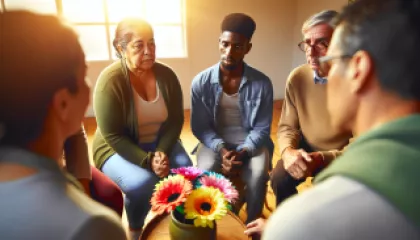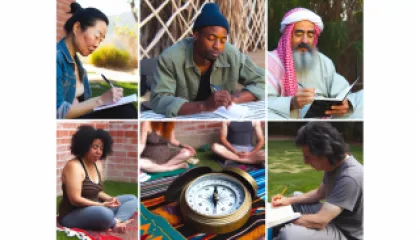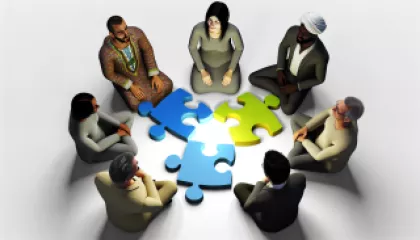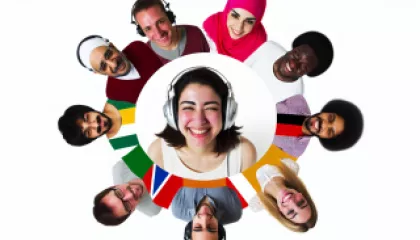Incorporating Mindfulness into Your Daily Routine: A Step-by-Step Guide
1 year ago
Mindfulness in Daily Routines
Overcoming Anxiety with Lessons from 'The Alchemist'
1 year ago
Anxiety
5 Essential Steps to Enhance Your Digital Wellbeing
1 year ago
Digital Wellbeing
Overcoming Disordered Eating: A Step-by-Step Guide
1 year ago
Disordered Eating
Understanding Recovery: A Review of Emotional Abuse Healing Research
1 year ago
Healing from Emotional Abuse
Top 10 Strategies to Discover Your Life Purpose
1 year ago
Finding Life Purpose
Unraveling the Psychology of Belief: Why We Hold Our Convictions
1 year ago
Psychology of Belief
Breaking Barriers: An Interview with a Diversity Expert on Confronting Bias
1 year ago
Confronting Bias
10 Psychological Effects of Music on the Human Brain
1 year ago
Psychology Of Music
Mastering the Art of Overcoming Resistance: A Comprehensive Guide
1 year ago
Understanding Resistance
Comprehensive Guide to Overcoming Panic Attacks
1 year ago
Panic Attacks
Transforming My Connections: A Personal Journey in Social Skills Training
1 year ago
Social Skills Training
Top 10 Diverse Relationship Types Redefining Love
1 year ago
Relationship Diversity













